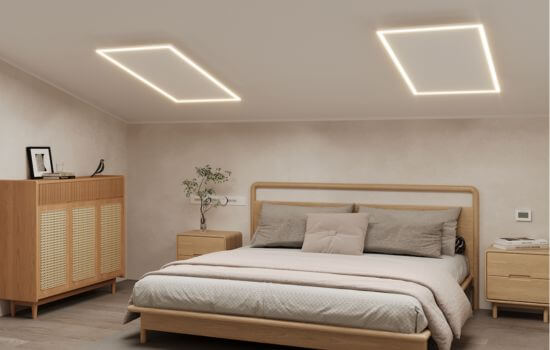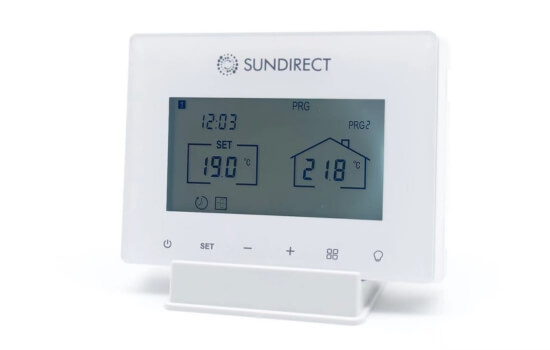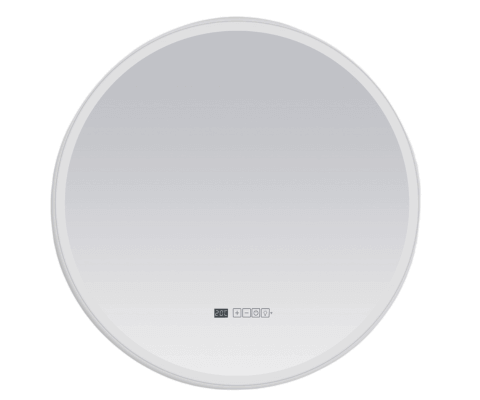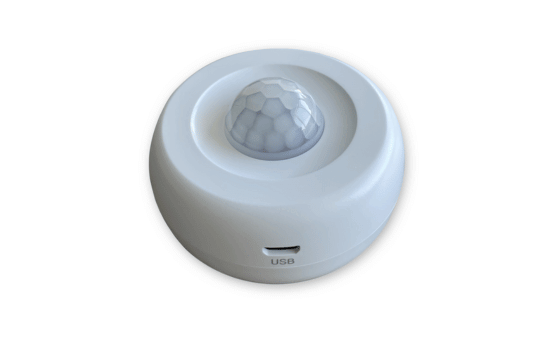Towards the end of fall, the cold temperatures return and for most, we are turning on our heaters to fight off the coldness that seeps into our homes, especially during the nighttime hours. If you own an infrared heater, you may wonder whether leaving it on the whole night is a safe option. Now, let’s ask this question to avoid any sleep-sapping situations and you can comfortably enjoy a night of rest.
Understanding Infrared Heaters
An infrared heater is a specific type of direct-heating appliance that produces infrared radiation directly upon things and people passing in its way. For starters, this is the kind of heat that makes one think of the sunshine. It is the warmth like that of a giant heater, a way to being comfortable and economical to reach ideal room temperature.
Safety Considerations
Overheating:
Undoubtedly, if an energized heater stays on for the night, the risk of overheating rises accordingly. Infrared heaters are set up with the necessary safety features, e.g. overheat protection, though it is of utmost importance to establish the instructions set by the manufacturer.
Fire Hazard:
Fire is a universal threat of all heaters including the infrared ones. Observing the safety instructions remains essential in this matter. Check to see that the heater is far from all inflammable objects and don’t forget to turn it off if you are not around.
Carbon Monoxide:
The natural gas heaters do not generate carbon monoxide, whereas the infrared heaters do not generate any. Generating heat and light without harmful gases more safely assures their use indoors, even through nighttime.
Tips for Overnight Use
If you decide to keep your infrared heater running overnight, here are some tips to ensure safe and efficient operation:
Choose the Right Model:
Invest in the best heating brand with built-in features for safety such as automatic power shut-off in case of overheating and tipping.
Proper Placement:
Put the heater on a steady, flat piece of surface that must not be contacted by (anything made of) plastic, rubber, beds, curtains, or things that have a risk of fire. The amount of space around the heater that must be kept clear of obstacles is at least three feet.
Ventilation:
Unlike infrared heaters which do not generate polluted emissions, adequate ventilation in the room is important to avoid choking which will equally lead to fresh air circulation.
Integrated thermostat control:
Normally infrared heater should be used together with the thermostat, the thermostat turns the heater on and off by comparing the actual room temperature to the desired room temperature. Choosing the infrared heating panel with the integrated thermostat will always be a good choice because it regulates the heater and not having the heater last all the time, will cause the heating element to age quickly.
Regular Maintenance:
Take care of your heater by ensuring that it is properly maintained and clean. Accumulation of dust and debris can hinder flight performance and endanger the aircraft. crowded together in one place without proper hygiene practices.
Final Thoughts
On the other hand, infrared heaters may be very convenient for heating your room and you just want to have it cool overnight. When you follow the manufacturer’s directions, coupled with proper ventilation and simple common sense precautions, you will be able to not only have a warm home but also a safe one where you can easily drift off to sleep with your infrared heater shining.





































Leave a Reply